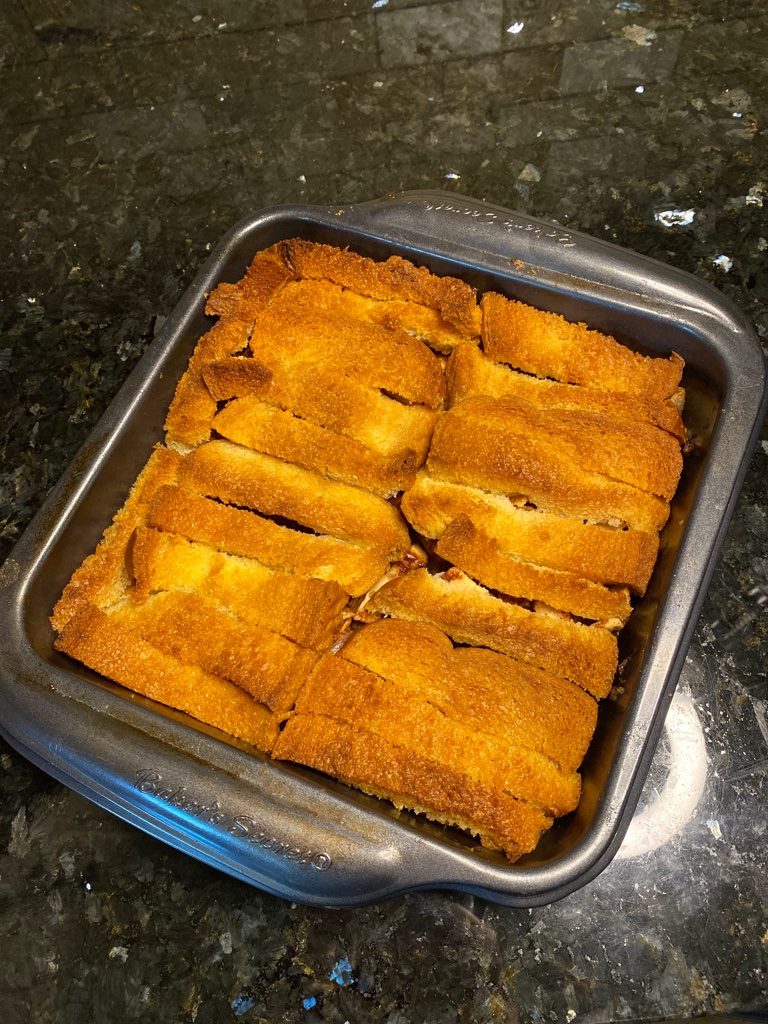
Black Wall Street is another name for the Greenwood section of Tulsa, Oklahoma, and in 1921 it was one of the wealthiest Black communities in the United States. It boasted 191 businesses, including restaurants, hotels, grocery stores, doctors, dentists, and lawyers The Greenwood section had its own school, churches, a library, and a hospital, and there were 1,149 family residences. Black and white people could not live together in Tulsa- if a neighborhood was 75% white, Black people couldn’t move in, and if the neighborhood was 75% Black, white people couldn’t move in.
Black Americans moved to the Greenwood section of Tulsa to escape the Jim Crow laws of the South. Jim Crow laws were state and local laws enacted in the late 1800s and early 1900s that enforced segregation. The purpose of this type of legislation was to keep Black people out of politics and to keep them from becoming prosperous. Jim Crow laws segregated schools, public places, transportation, restaurant,s bathrooms, and even drinking fountains. One can’t blame anyone for wanting to escape from that type of discrimination.
In 1899, O.W. Gurley left Arkansas and went to Tulsa, and in 1906 purchased 40 acres of land. He loaned money to black entrepreneurs who wanted to build their businesses and wealth. Loans had to come from within the Black community because white-owned banks would not loan money to Black people. Gurley eventually opened a boarding house where people were able to rent rooms, a hotel, and a grocery store. The produce for his store came from a farm he owned. At the height of his success, Gurley was wroth $2.7 in today’s dollars.
J.B. Stradford was one of Gurley’s business partners. Among other properties, Stratford owned the Stradford Hotel. The hotel had 54 rooms, a bar, a casino, a restaurant, and hosted jazz musicians for local residents. Greenwood also had a movie theatre called the Dreamland Theatre, owned by John and Loula Williams, and two newspapers, including the Tulsa Star.
Simon Berry, who was a pilot and a businessman, build up the transportation infrastructure of Greenwood. He added a bus system and chartered planes.



Unfortunately, even the prosperous, bustling Black Wall Street could not escape discrimination. Black Wall Street’s amazing success was envied by the white section of Tulsa, which wasn’t as prosperous. After an accusation by a white woman who said a black man came a bit too close to her, a white mob attacked the Greenwood section on June 1, 1921. The mob burned much of Black Wall Street to the ground and killing 300 people. Many lost their businesses. Some attackers even flew over Greenwood and attacked it from private airplanes.

What’s the takeaway here? First- have you ever heard about this history? If you have, great! I hope you learned something. If not, I’m glad you learned something new. History is made by people of every shade, and even though sometimes our textbooks don’t cover it, that doesn’t mean a story is not worth telling.
The recipe I chose to go with today’s lesson comes from a 1915 issue of the Tulsa Star. Nellie Maxwell wrote for the “Kitchen Cabinet” column, and I’m sure you’ll love her Apple Dowdy as much as I did!

Ingredients: 6 peeled, chopped apples, 6 slices of bread cut into 1/2″ strips, 1/2c brown sugar, 1/2 tbsp cinnamon, 1/2c water, 1 stick melted butter, 8×8 baking pan
Instructions: Place the chopped apples in the baking pan. Mix the brown sugar and cinnamon together, then sprinkle the mixture on top of the apples. Pour 1/2c water over the mixture (don’t dump it all in one place, though!) . Dip the bread strips in the melted butter and place on top of the apples in the pan until all apples are covered. Bake at 375 degrees for 1 hour.

